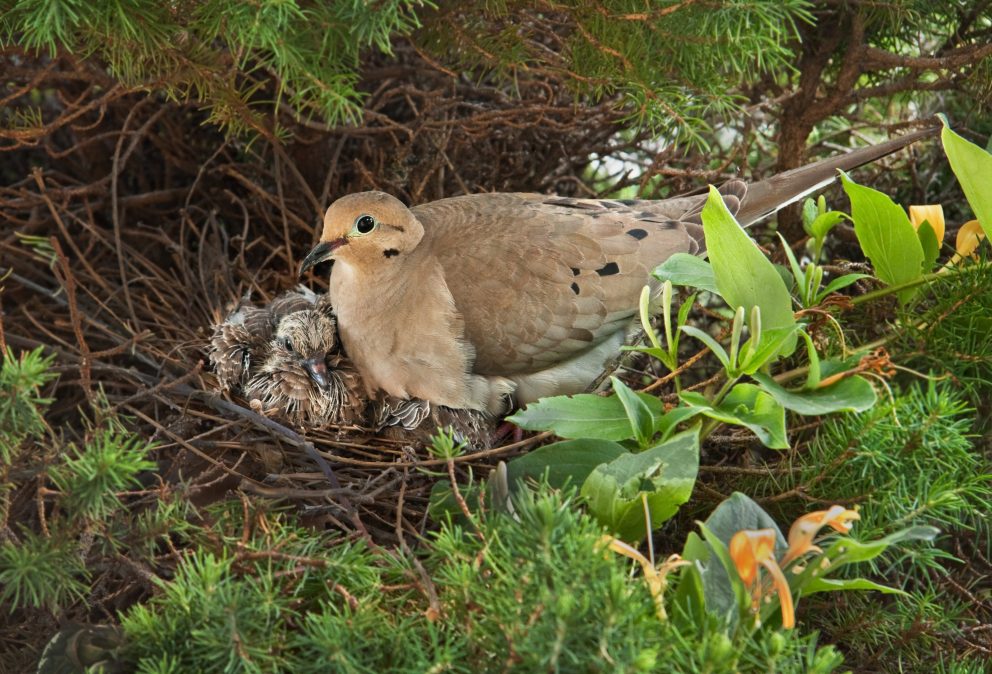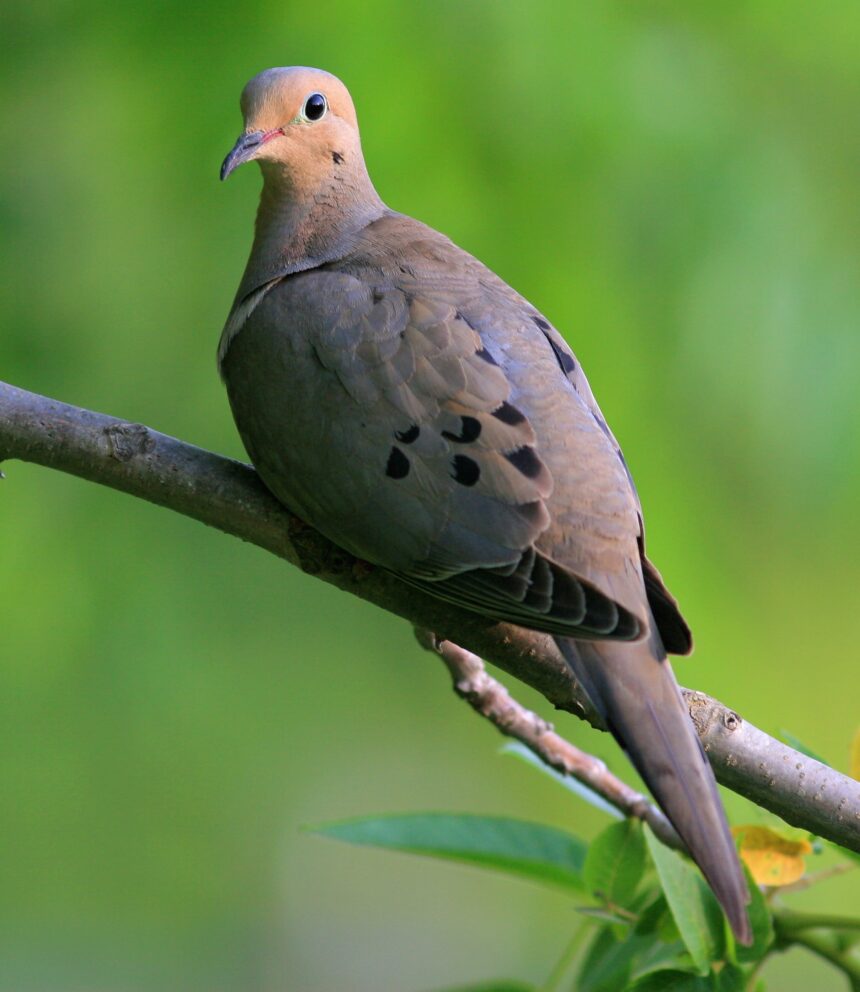- SCIENTIFIC NAME
- Zenaida macroura
- CLASSIFICATION
- Bird
- LIFE SPAN
- 1-2 Years
- SIZE
- 9.1-13.4” | 0.19-0.38lbs
- STATE CONSERVATION STATUS
-
- State Protected
- FEDERAL CONSERVATION STATUS
- Least Concern
- GAME STATUS
- Game
- GAME TYPE
- Upland Game
- Washoe
- Humboldt
- Pershing
- Churchill
- Mineral
- Lyon
- Douglas
- Carson City
- Storey
- Elko
- Lander
- Eureka
- White Pine
- Esmeralda
- Nye
- Lincoln
- Clark
Habitat & Range
Mourning Doves are a common sight at backyard bird feeders around Nevada. They can also be found foraging for seeds on the ground in grassland and agricultural habitats.
- Agricultural Lands
- Developed Landscapes
- Grasslands
Threats
- Disease
- Invasive Species
Natural History
Mourning Doves are a fun and easy way to enjoy backyard wildlife with the family. They will return to the same nest year after year and lay two to three clutches of eggs every season. In warm climates, Mourning Doves may raise up to six broods per year, more than any other native bird. Chicks can be seen through Spring and well into Fall; peak season is usually March through October. Seeds make up 99% of a Mourning Dove’s diet, including cultivated grains, wild grasses, weeds, herbs, and occasionally berries. Rarely they will eat snails or insects.
Fun Facts
Both male and female Mourning Doves can produce milk for their young. For the first few days of their lives hatchlings cannot digest seeds. Young are fed “crop milk,” a gooey secretion high in protein and fat that the parents regurgitate. This substance bears little physical resemblance to mammalian milk.














